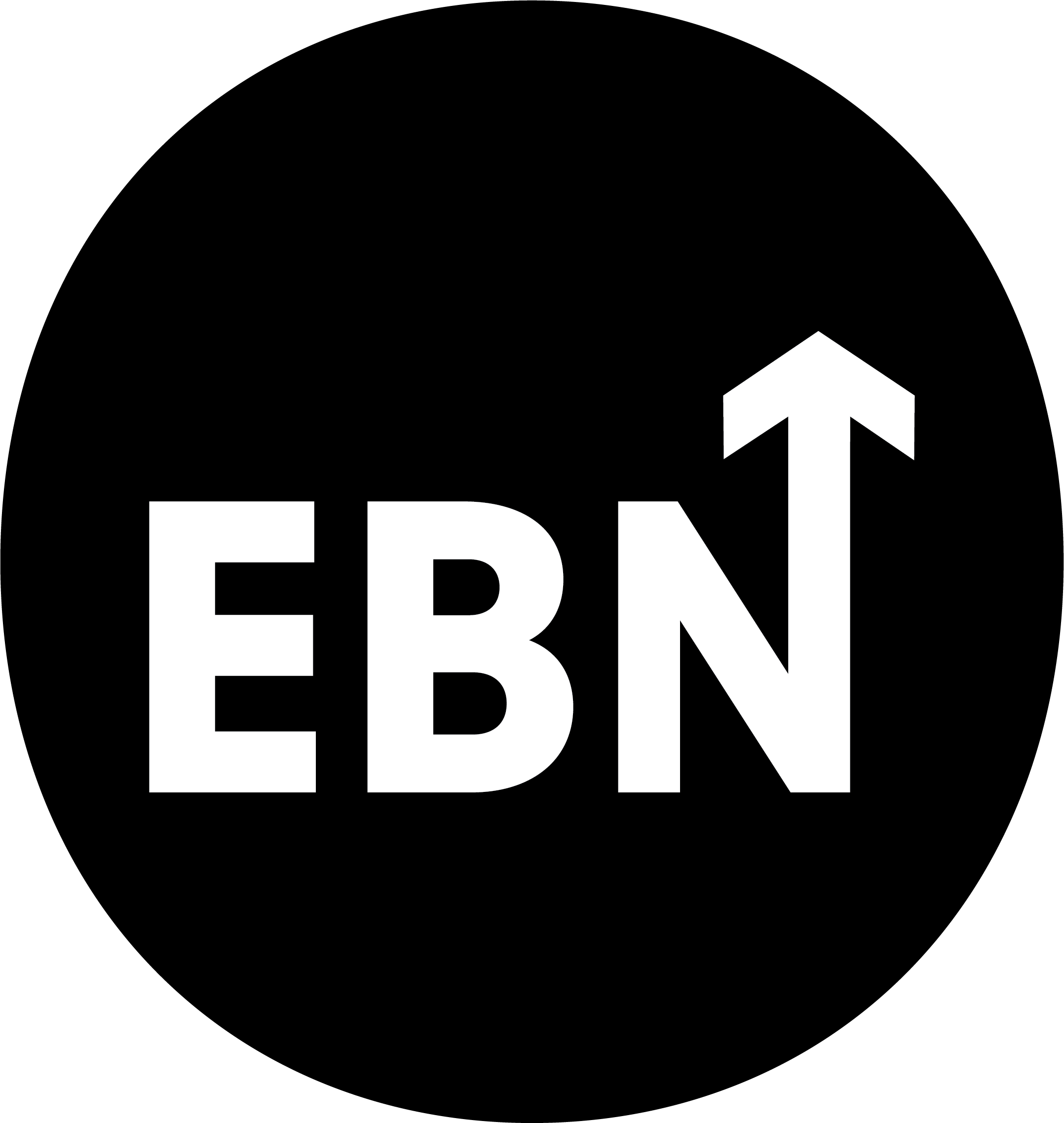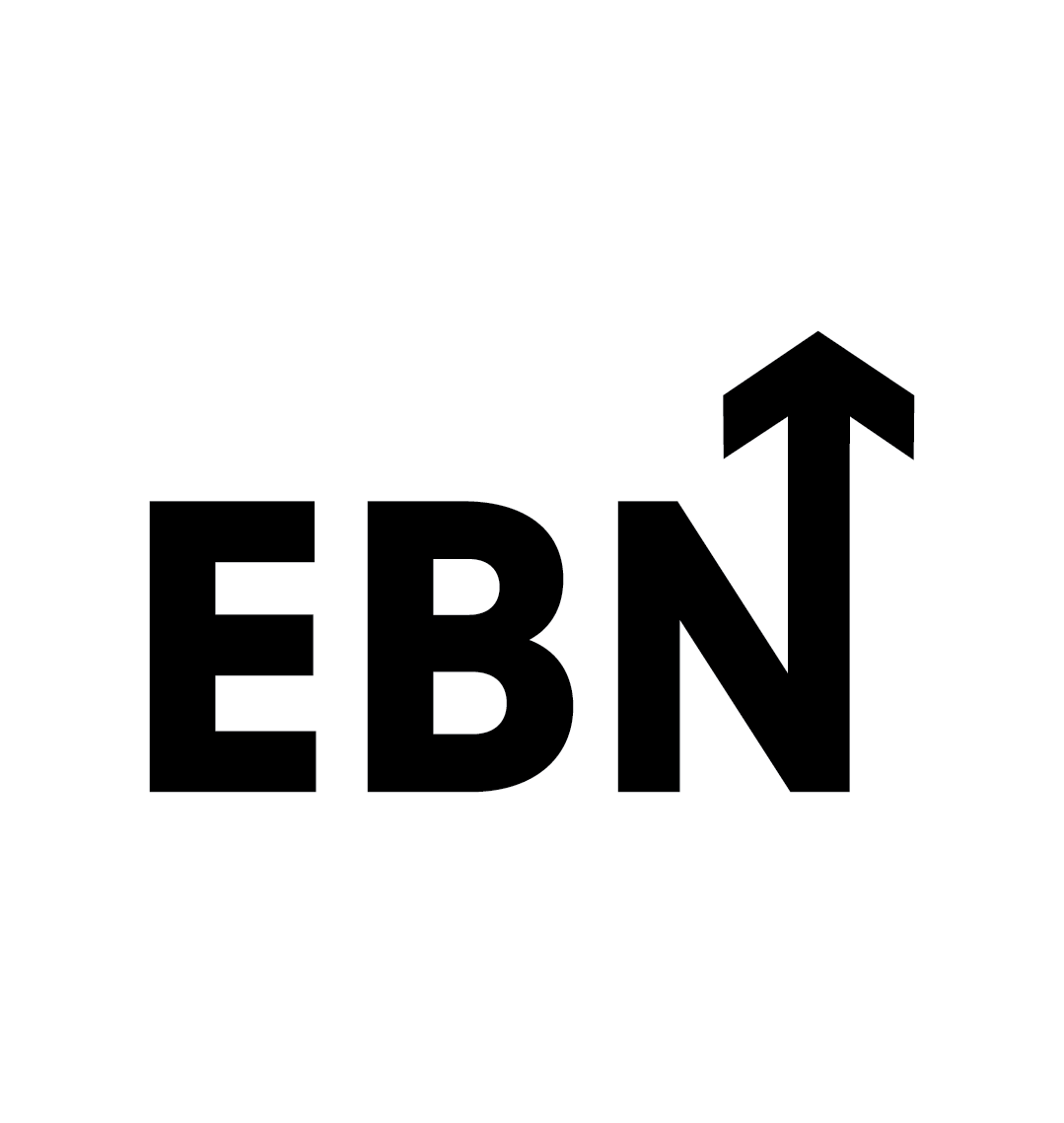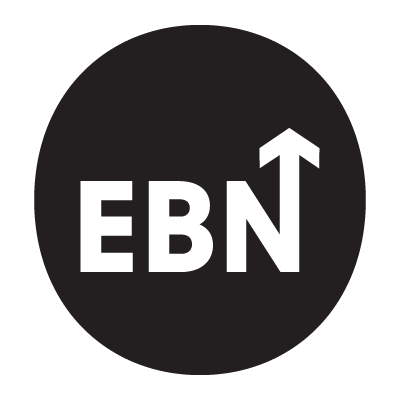The European Parliament’s employment committee has proposed a new directive to govern how employers deploy digital tools and AI to organise, monitor and evaluate work. If you hire or manage people in Europe, this will reshape your playbook. Below is a practical, no‑nonsense guide to what is coming, why it matters for brand and talent, and how to get ready.
What just happened
The European Parliament’s Committee on Employment and Social Affairs (EMPL) published a draft report that asks the Commission to table a dedicated Directive on algorithmic management in the workplace. The proposal sets minimum EU standards for transparency, consultation, human oversight and health‑and‑safety whenever employers use software and AI to manage work. It would also extend some protections to solo self‑employed people who rely on their own labour. (European Parliament)
Momentum isn’t always progress, especially when you always end up back where you started.
Fathom helps you escape the loop. With insight, not intuition.
Baker McKenzie’s summary captures the headline neatly: there are still several steps before anything becomes law, yet the definition of “algorithmic management” is broad and organisations should monitor the file closely. (Global Compliance News, Connect On Tech)
The EMPL draft spells out what many HR leaders have been asking for: clear, people‑centred rules that make modern management tech safer, fairer and easier to explain. Key elements include a written right to information, mandatory consultation for significant changes, human review of high‑impact decisions, and bans on certain data practices.
Where this sits in the EU rulebook you already know
- AI Act. The EU AI Act already classifies AI systems used to recruit, allocate work, evaluate performance or decide promotion as high‑risk, which brings provider and deployer obligations around risk management, data governance, transparency and human oversight. The new workplace directive would complement this by focusing on the employer‑employee relationship and by covering non‑AI algorithmic tools too. (EUR-Lex)
- Platform Work Directive (2024/2831). Adopted in 2024, it introduced transparency, human oversight and contestability rights in platform work. The new proposal generalises those ideas beyond platforms into mainstream employment. (EUR-Lex, EU-OSHA, Technology Quotient)
- GDPR. GDPR protects employee data, but the EMPL draft argues it was not designed for today’s workplace technology and leaves gaps on collective rights and algorithmic explainability at work. The proposed directive would tighten those screws in an employment‑specific way.
What the Parliament’s draft would require (in plain English)
According to the EMPL draft report and its model legal text:
- A right to information. Workers must get written notice about any system that monitors or shapes their work, what data it collects, how decisions are made or supported, and where automation is involved. Information must be clear and accessible.
- Consultation before big changes. Deploying or updating a system that affects pay, scheduling, workload, working time or job content must be treated as a substantial change that triggers consultation with worker representatives.
- Prohibited data practices. No processing of data on emotional or psychological state, private conversations, off‑duty behaviour in private spaces, neurosurveillance, prediction of the exercise of fundamental rights, or inferences about sensitive characteristics.
- Human oversight and review. Employers must keep an accountable human in charge. Key decisions about hiring, firing, contract renewal and pay cannot be taken solely by an algorithm, and explanations must be available on request. As Valerio De Stefano put it in a recent Parliament presentation, the aim is “no algorithmic ‘dismissals’.” (European Parliament)
- Health and safety obligations. Employers must assess psychosocial and ergonomic risks created by algorithmic systems (for example, work intensification or cognitive overload) and implement preventive measures. National labour inspectorates would be tasked with oversight.
- Coverage that includes solo self‑employed who contract their labour to clients.
Why this matters for Employer Branding and Talent
Candidates are reading the same headlines you are. Surveys show most Europeans are positive about AI at work, but they also want responsible use, transparency and training. That is a reputational tightrope for any brand. (EU-OSHA, CEPIS)
Helping HR, talent acquisition, employer branding, and company culture professionals find careers worth smiling about.
There is another tension. Only about 15 percent of workers say they have had AI‑related training, while a majority expect their jobs to require new skills in the next five years. If you advertise “AI‑powered” productivity without a credible learning pathway, your EVP will not ring true. (CEDEFOP)
The three lenses you must use: government, employers, employees
1) Government lens: skills, safety and clarity
Brussels is homing in on two jobs. First, upgrade the skills base through the Union of Skills strategy, which emphasises continuous upskilling and better labour‑market intelligence. Second, update workplace rules so deployment is both innovative and safe. Expect the Commission to stress simplification for SMEs alongside new rights for workers. (European Commission, EU Transition Pathways)
EU‑OSHA’s recent work highlights psychosocial risks linked to digitalisation and calls for risk assessments that explicitly cover digital tools. Expect regulators and inspectorates to ask for proof that you considered cognitive load, monitoring pressure and isolation risks in your AI deployments. (EU-OSHA)
2) Employer lens: productivity with practicality
BusinessEurope, representing employers, backs innovation but warns against regulatory overreach. Its July 2025 statement talks up “previously unseen enhancements in productivity” while urging proportionate, non‑duplicative rules and practical guidance for SMEs. (BusinessEurope)
Legal commentators are telling clients to inventory systems, clarify roles as “deployer” under the AI Act, and prepare for explainability requests. Baker McKenzie’s advice is simple: even at draft stage, monitor scope and definitions since “algorithmic management” can cover a lot of ground. (Connect On Tech)
3) Employee lens: trust, voice and training
Trade unions have long argued that the AI Act alone is not enough at work. ETUC supports a dedicated workplace directive that keeps humans in control and strengthens consultation rights. Short quote worth noting: the AI Act “falls short of addressing the reality workers have to face.” (ETUC)
Workers are not anti‑tech. They want good tech, implemented well, with training. Cedefop’s survey shows a yawning training gap. If you close it, you not only comply with policy direction but also gain a brand advantage. (CEDEFOP)
The policy substance, at a glance
- Transparency pack. Provide written, plain‑language information on purpose, data, automation and impacts. Make it accessible to people with disabilities.
- Consultation trigger. Treat major algorithmic deployments like any significant reorganisation. Document worker involvement and outcomes.
- Human review. Name the accountable person or team. Design escalation and appeal paths for contested decisions.
- Harm prevention. Include psychosocial risk assessment in your project plans. EU‑OSHA’s research offers a checklist of digital‑risk factors. (EU-OSHA)
- Platform precedents now go mainstream. Platform work rules on algorithmic transparency, human oversight and contestability foreshadow what is likely to become baseline across sectors. (EUR-Lex)
A pragmatic 90‑day readiness plan for HR, TA and EB teams
Week 1 to 3: Map the territory
- System inventory. List every tool that monitors, scores or routes work. Include recruitment and scheduling software, productivity analytics, CRM‑linked lead assignment, safety wearables, timekeeping apps and LLM‑powered assistants. Tag what is AI, what is rules‑based, and where personal data flows.
- Purpose and data mapping. For each system, capture purpose, data categories, automated vs. human decisions, and potential impact on pay, hours, performance or safety.
- Role clarity. Identify the “deployer” under the AI Act and the accountable business owners for oversight. (EUR-Lex)
Week 4 to 6: Build the guardrails
4) Draft your worker‑facing notices. Write a two‑page, plain‑English summary for each system. Avoid jargon. Include how workers can request an explanation and who to contact. Test with real users, including accessibility checks.
5) Consultation playbook. Agree when worker consultation is triggered, who participates, what materials are shared and how feedback is captured. Document the process.
6) Human‑in‑review protocol. Define the class of decisions that always require human review. Bake it into workflow configuration. Train reviewers to spot bias and to write explanations people can understand.
Week 7 to 9: Reduce harm, increase value
7) Health and safety by design. Run a psychosocial risk assessment for your highest‑impact systems. Stress‑test for intensification, time pressure and isolation. Put mitigations in place, such as caps on task queues or mandatory breaks when monitoring is heavy. (EU-OSHA)
8) Skills uplift plan. Launch a short AI literacy curriculum for managers and employees. Target the basics: how the tool works, when to override, and how to ask for help. Close the training gap that the Cedefop evidence keeps pointing to. (CEDEFOP)
9) Vendor accountability. Update procurement to require AI Act‑aligned documentation for high‑risk systems, including data‑governance details and human oversight functions. Keep a file of supplier assurances that you can show to inspectorates or works councils. (EUR-Lex)
Week 10 to 12: Turn compliance into brand equity
10) Publish your Responsible AI at Work standard. One page on your career site that sets out principles, governance and training.
11) Upgrade job ads. Add a short clause that promises explainability, human review and training when algorithmic tools affect work.
12) Show the proof. Share metrics that matter, such as percentage of AI‑supported decisions with human review, worker training completion rates, or consultation outcomes.
Momentum isn’t always progress, especially when you always end up back where you started.
Fathom helps you escape the loop. With insight, not intuition.
Sample copy you can reuse in job ads and on your career site
How we use AI at work
We apply AI and data‑driven tools to make work safer and more efficient. When a system affects staffing, scheduling, performance or pay, we keep a human in the loop, provide clear explanations and offer training before and after deployment. You can ask for a human review of any automated decision that materially affects you. We consult our employee representatives on significant changes and we continuously assess health and safety, including psychosocial risks.
This language aligns with the EMPL draft’s direction on information, consultation, human oversight and safety.
Expert viewpoints you can cite with stakeholders
- Employers’ view. “Integration of AI tools in the workplace opens the door for previously unseen enhancements in productivity.” BusinessEurope also calls for proportionate rules and SME‑friendly guidance. (BusinessEurope)
- Workers’ view. ETUC argues the AI Act “falls short of addressing the reality workers have to face” and backs a workplace‑specific directive. (ETUC)
- Academic lens. Oxford’s Jeremias Adams‑Prassl has outlined a blueprint for regulating algorithmic management that stresses information access, human agency and impact assessments. (SAGE Journals)
- Parliament expert. Valerio De Stefano’s briefing to MEPs underlines limits on intrusive data processing and the need for human review, including the principle of no algorithmic dismissals. (European Parliament)
- Legal practitioner. Baker McKenzie flags the broad scope of “algorithmic management” and advises organisations to track the file now, not later. (Global Compliance News, Connect On Tech)
Frequently asked questions from boards and exec teams
Is this only about AI?
No. The draft covers algorithmic systems broadly, including rules‑based software that monitors, scores or allocates work, whether or not it is “AI” under the AI Act.
We already comply with GDPR. Are we done?
Not quite. GDPR remains essential, but the draft targets employment‑specific gaps: collective information rights, consultation duties, and safety oversight for algorithmic tools.
Helping HR, talent acquisition, employer branding, and company culture professionals find careers worth smiling about.
We are not a platform. Does the Platform Work Directive still matter?
Yes. It sets the reference model for algorithmic transparency and human oversight that is likely to apply across sectors if the new directive advances. (EUR-Lex)
Will this be heavy for SMEs?
The draft recognises SME burden and calls for simplification and guidance. The fastest way to de‑risk is to start small: inventory systems, write plain‑language notices, and name a human reviewer.
What to watch next
- Commission response to Parliament’s request and whether it proposes a directive that mirrors the EMPL text or narrows scope. Baker McKenzie expects movement but stresses there are still “a number of steps” in the process. (Connect On Tech)
- AI Act implementation deadlines and guidance for deployers in HR and operations. Expect more templates and clarifications from the AI Office. (JD Supra)
- Transposition of the Platform Work Directive by December 2026, which will start to normalise algorithmic transparency and human‑review mechanisms in Member State practice. (Crowell & Moring - Home)
The bigger picture: trust is the strategy
Algorithmic management can raise productivity and consistency when done well. OECD work also notes the potential for bias, over‑monitoring and pressure. The difference between trust and backlash is not the model size or the vendor badge. It is the governance, clarity of purpose and human judgment you wrap around the tech. (OECD)
If you lead Employer Branding or Talent, make responsible AI a visible part of your value proposition. Candidates will reward brands that offer modern tools with human‑centred guardrails and real training. Employees already do.
What is happening
The Parliament’s employment committee wants a directive that sets EU-wide minimum standards for algorithmic management at work. It covers transparency, consultation, human oversight and health and safety.
Who is covered
Employees and, importantly, many solo self-employed who sell their own labour to clients. The intent is to protect people where digital tools shape work and pay.
What would employers need to do
Employers must provide clear written information on systems, consult before big changes, keep a named human in charge of key decisions, and avoid intrusive data practices. They must also run risk assessments that include psychosocial harms.
How this fits with the AI Act and GDPR
The AI Act regulates high-risk AI and market placement. GDPR governs data protection. The new directive targets the employment relationship itself and also covers non-AI algorithmic tools.
Why this matters for EB and TA
Candidates expect responsible AI, explainability and training. Done well, this becomes part of your EVP. Done poorly, it reads as surveillance with branding pasted on top.
What to do in 90 days
Inventory your tools, map data and decisions, write worker-facing notices, define consultation triggers, set human-review pathways, assess health and safety risks, uplift AI skills, and update vendor requirements.
What to watch next
Watch for the Commission’s response and scope, the AI Act’s implementation deadlines, and Member State transposition of the Platform Work Directive that is pushing algorithmic transparency into the mainstream.
References and resources
- European Parliament EMPL draft and model legal text on algorithmic management in the workplace.
- Global Compliance News and Baker McKenzie: analysis of the draft and its implications. (Global Compliance News, Connect On Tech)
- EU AI Act (Regulation 2024/1689): high‑risk systems and deployer duties. (EUR-Lex)
- Platform Work Directive (2024/2831): algorithmic transparency and human oversight. (EUR-Lex)
- Cedefop AI Skills Survey: training gap and future skills demand. (CEDEFOP)
- Eurobarometer highlights: public attitudes to AI at work. (EU-OSHA)
- EU‑OSHA: digital technologies and psychosocial risks. (EU-OSHA)







